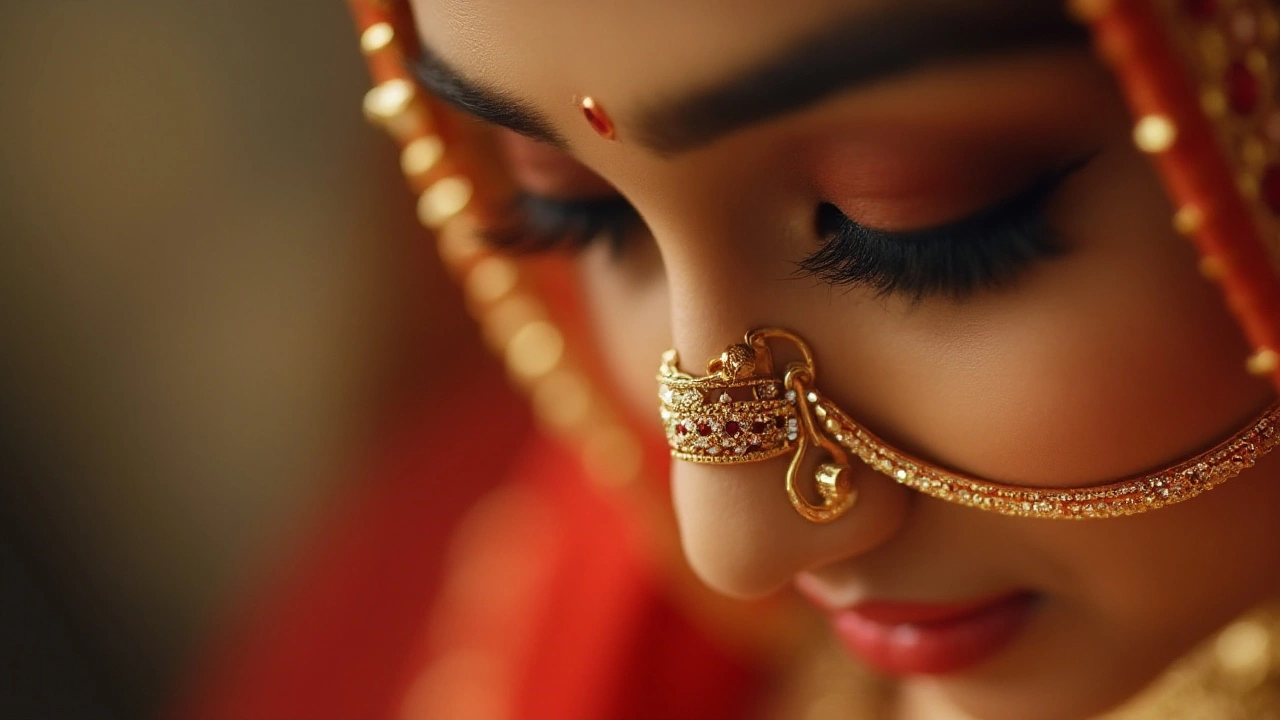Nose Stud: Styles, Symbolism, and How to Choose the Perfect One
When working with nose stud, a tiny piece of facial jewelry that sits in the nostril and adds a subtle sparkle. Also known as nose pin, it blends style and tradition. Other popular options include nose ring, a circular hoop that can be larger and more visible and the broader practice of nose piercing, the process of creating the opening for any nose jewelry. At its core, a nose stud is a type of facial jewelry, and its popularity is shaped by cultural symbolism, the meanings attached to nose adornments in different regions and communities. This simple tiny piece can signal everything from marriage status in parts of India to personal style statements worldwide. Understanding these links helps you see why a nose stud isn’t just an accessory—it’s a conversation starter.
Choosing the right nose stud starts with a look at your face shape. Oval faces usually carry most designs well, while a narrower bridge may benefit from a slimmer post to keep the look balanced. Metal matters too: surgical‑grade stainless steel or nickel‑free alloys reduce irritation, especially if you have sensitive skin. Many shoppers also think about gold‑plated studs because they add a warm hue without the cost of solid gold. When you pair the material with the right size—typically 1 mm to 1.5 mm for daily wear—you get comfort and durability. Remember, the cultural side matters: in many Indian families, a small gold stud is seen as a rite of passage for young girls, while a decorative nose ring might be reserved for weddings. Knowing the tradition behind each style can guide you toward a piece that honors heritage while fitting your lifestyle.
How to Pick the Right Nose Stud for You
First, ask yourself how often you’ll wear it. If you want an everyday piece, pick a hypoallergenic material and a low‑profile design that won’t snag on scarves or hair. For occasional wear, you can experiment with bigger gemstones, like amethyst or tiny pearls, which add a pop of color without heavy weight. Second, consider the type of piercing you have. Freshly healed piercings respond best to smooth, straight posts, whereas older piercings can handle a bit more texture, such as a subtle ball or a tiny hoop attached to the stud. Third, think about maintenance: gold‑plated studs may need occasional polishing, while stainless steel can be cleaned with mild soap and water. Finally, reflect on any cultural meaning you want to convey—maybe you’re honoring a family tradition or simply love the way a tiny diamond catches the light. Aligning your personal aesthetic with practical needs and cultural context creates a nose stud you’ll feel great wearing.
Now that you have a clear picture of what a nose stud is, how it relates to nose rings, piercings, and cultural symbolism, and the key factors for picking the right one, you’re ready to explore the collection below. You’ll find posts that dive deeper into styling tips, care routines, and the stories behind these tiny yet powerful pieces of jewelry. Keep reading to discover the full range of insights that can help you make a confident, informed choice.
